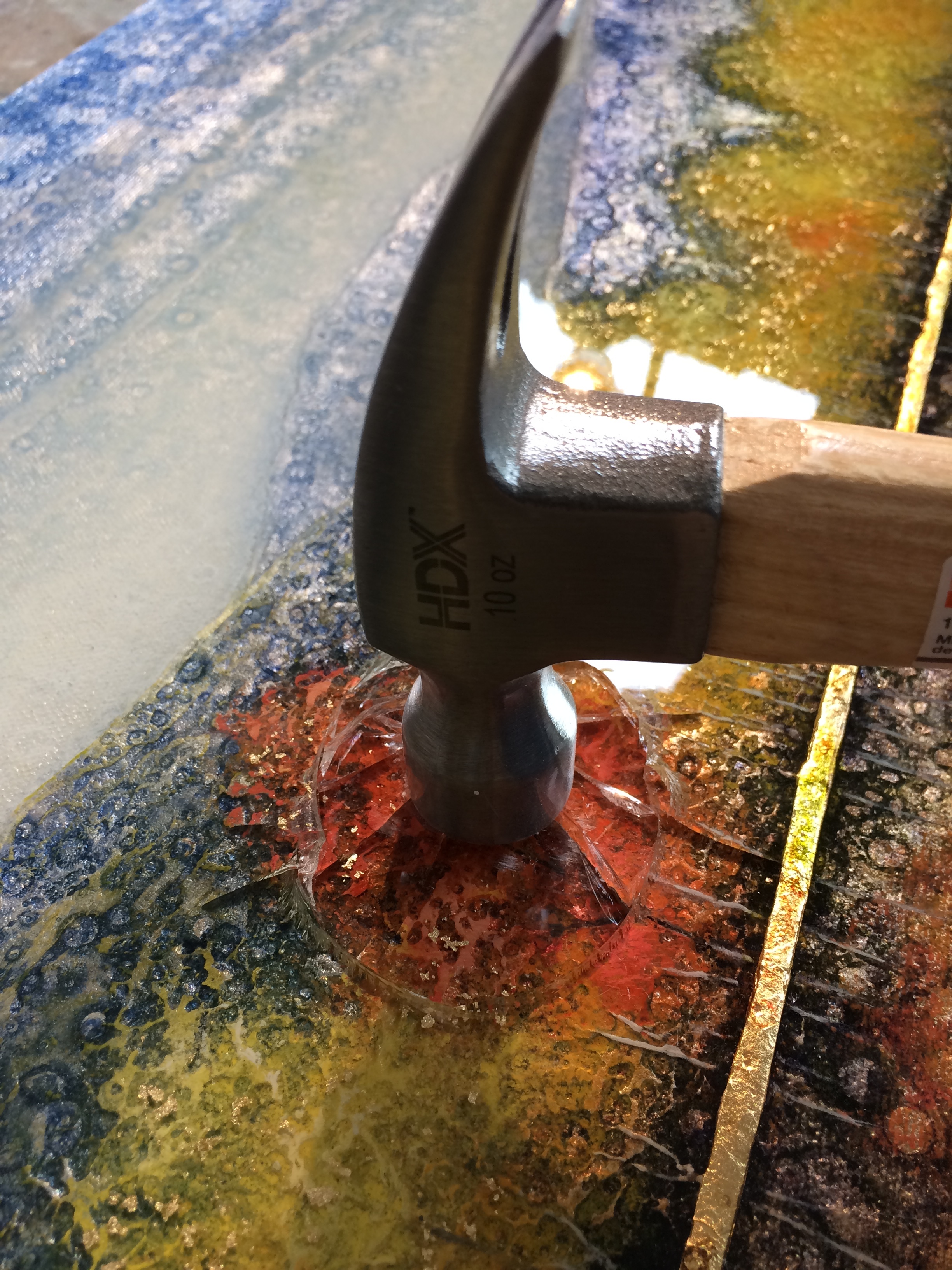Yesterday morning, I was in my “happy place”, finishing up a landscape painting I’m working on featuring the meadows and mountains for western North Carolina. My art studio had had several visitors poking in, looking at the completed artwork I have displayed on my walls and stopping to talk with me while I was working.
Around mid-morning, three women arrived and I remembered two of them from a previous visit. They had come in to talk about steps involved with commissioning a painting. Luckily, they had a laptop filled with some really beautiful photos.
These clients live in beautiful home near the eastern tip of Long Island and their home overlooks a bit of wetland and then a bay (Wickham Creek). They showed me photos of their home and some shots of where the painting would be eventually installed. And then we perused photos of their amazing view during each of the seasons.
So the first question to answer was “what is the subject matter for this piece?”. Over the course of the conversation, they decided on a view of the bay with the foreground being a mix of cattails and various wetland foliage. The problem was that there are trees in the way of the view they desired, but I assured them that that was an easy problem to remedy as an artist (I’ll just remove the trees in the artwork!). And this time of year, with leaves nearly all off the trees, they can just give me a good shot through the trees and that will give me the mid-ground and background for the composition.
Then we discussed time of year to be depicted. Their walls are a “golden retriever yellow, so a sundown would be too warm and winter would be too cool. We decided that a late September view (before the cattails were pruned off) would work great. Blue sky with some clouds maybe? Lush green wetland in the foreground with some early autumn rusts and golds (which tie in with the wall color).
It’s so much fun to sit down and talk through what the client is looking for.
The only thing left to decide was the size, but they were thinking something around 4’ x 6’ or maybe 3’ x 5’, as it is to be a real “statement piece”, hanging above the couch. As soon as they get home, they’ll measure their couch, and then get back to me. In the mean time, I did a little research and found that the average three-cushion couch is 84” long, and based on that, I did the following three plans:
I’ll forward the photos to them today, so they can start thinking about the proportions that would work best for them. Then we will be ready to start, and about eight weeks later, the painting will be delivered to it’s new Long Island home!
This is how I generally work a commission. It’s so much fun to sit down and talk through what the client is looking for. Sometimes people know exactly what they want, and sometimes we need to talk it through. Either way, it’s really a lot of fun for me as I begin to imagine the completed work. As we talk, the painting begins coming together as we nail down the plan: theme, colors, time of year, time of day, angle of the shot, best size for the space. All of that is great fun for me and I think my clients really enjoyed it too. The result of all that fun will be an awesome piece of art. That’s not bragging — it’s just really hard to go wrong with painting the view of the bay they were showing me. It’s going to be amazing.
As the plans come together and the piece is started, I’ll document the progress here for anyone interested in following along. Cheers!
























